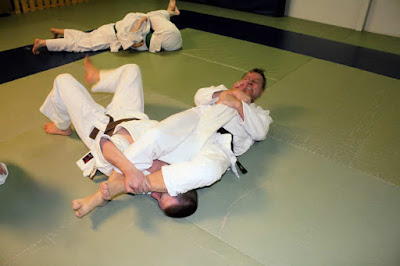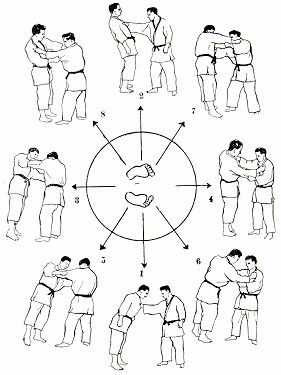Sometimes the simplest answer is the best answer

There's kind of a kind of funny paradox in grappling. It starts with a very basic, straight-forward technique. Let's say for example that uke is on his back and you're baring down on him. A relatively new or unskilled grappler will almost always try to push you off, to "bench press" your weight, right? When he does that, he's presenting you with a straight arm. Naturally, you secure it and step right into juju gatame, end of story. Consequently, most students learn or are taught very quickly, "Don't straighten your arms." Which now means you're rarely presented with the opportunity to use that juji gatame entry anymore. Which is great, right, because when your uke upgrades, you're forced to upgrade, and you both make each other better. But then you realize no one's teaching that original, basic juju gatame entry anymore. Or let's take the guard position. There's lots of fun things to do to your uke when you get h


